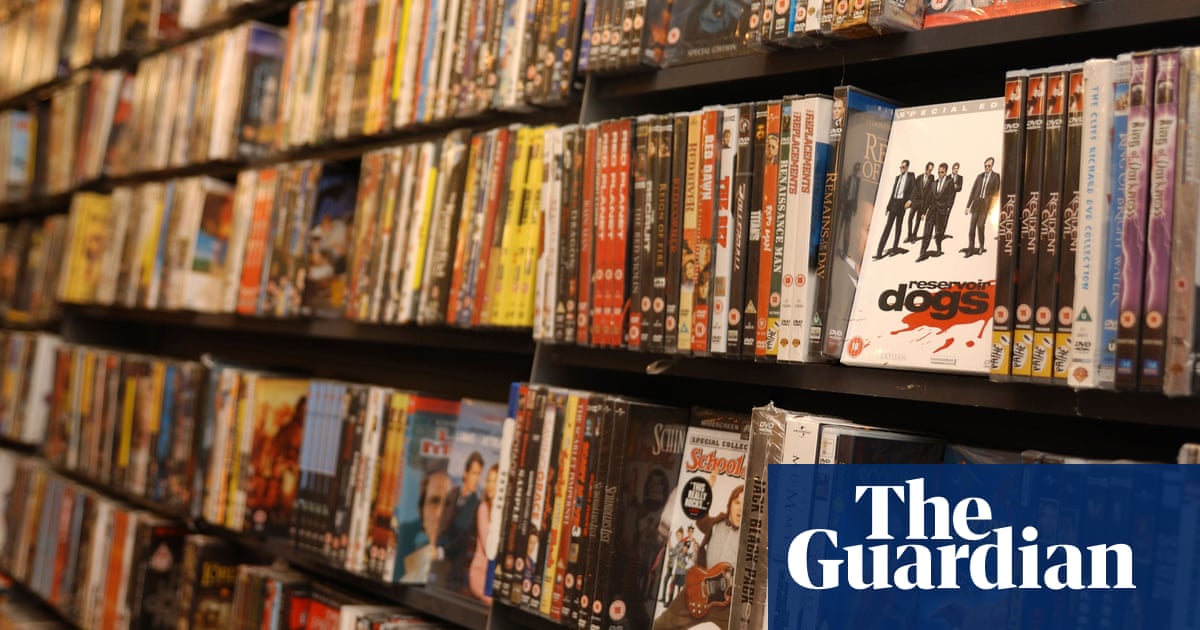The article highlights the resurgence of physical video stores in the age of streaming, suggesting a nostalgic longing for past experiences in film consumption. It engages readers by inviting them to share their personal memories related to video stores, tapping into a collective sense of nostalgia while reflecting on broader cultural shifts.
Purpose of the Article
The intent appears to be fostering community interaction and evoking nostalgia for the pre-digital era of film rental. By encouraging readers to share their stories, the article seeks to create a dialogue around the cultural significance of video stores, which may be perceived as quaint or archaic in today’s fast-paced digital landscape. This approach not only celebrates the revival of physical stores but also positions them as a counter-narrative to the dominance of streaming services.
Public Perception and Sentiment
The article aims to evoke positive feelings tied to personal experiences in video stores. It encourages readers to reminisce about their past, suggesting that there is value in the physical, tactile experience of browsing and selecting films. This can shape public perception, creating a sense of community among those who share similar experiences, while also appealing to a generation that may feel disconnected from the current digital-only landscape.
Potential Omissions
While the article promotes the resurgence of video stores, it does not address the challenges they may face, such as competition from streaming services and changing consumer habits. This omission could lead readers to develop an overly romanticized view of video stores, ignoring the economic and logistical realities that might threaten their sustainability.
Manipulative Elements
There is a subtle manipulation in the way the article frames the discussion around video stores. By asking readers to recount their fond memories, it selectively highlights positive experiences while downplaying the potential downsides of the decline of video rentals. This could create an overly sentimental narrative that may not fully represent the complexities of the current media landscape.
Trustworthiness of the Content
The information presented is largely based on subjective experiences and personal memories rather than concrete data or statistics. While it captures a genuine cultural moment, the lack of empirical evidence regarding the sustainability of video stores or the impact of streaming on consumer behavior may limit its reliability. Thus, the article should be viewed as a reflective piece rather than a definitive analysis of the market.
Cultural Context
The resurgence of video stores could be interpreted as a reaction against the impersonal nature of streaming services. This phenomenon resonates with audiences who value physical media and the community aspect of film watching. The article's focus on Brooklyn’s Night Owl Video serves as a case study that may inspire similar movements in other urban areas, potentially influencing local economies and cultural practices.
Community Engagement
The article is likely to resonate more with younger audiences and cinephiles who remember the experience of visiting video stores. It taps into a niche community that appreciates film as an art form, contrasting with mainstream consumer habits driven by convenience and accessibility.
Impact on Markets
Although the article does not directly address financial markets, it could have implications for businesses involved in physical media, such as independent video rental stores and boutique film distributors. If the trend continues, it might influence stock prices or investment in related sectors, particularly among companies focusing on physical media.
Relevance to Current Events
The discussion around video stores ties into broader conversations about consumer behavior, nostalgia, and the cultural implications of digitalization. This theme remains relevant in today’s context, where many are reassessing their relationships with technology and seeking authenticity in their experiences.
AI Influence
There is no clear indication that artificial intelligence played a role in writing this article. However, if AI models were utilized, they may have influenced the language to evoke nostalgia and personal connection, guiding the narrative toward an emotional appeal. The phrasing encourages readers to reflect on their own experiences, which could be a stylistic choice aimed at enhancing engagement.
The article presents a nostalgic view of the film rental industry, encouraging community sharing while overlooking potential challenges. It reflects societal shifts, resonates with certain demographics, and may influence market perceptions, although it lacks empirical support for its claims.
